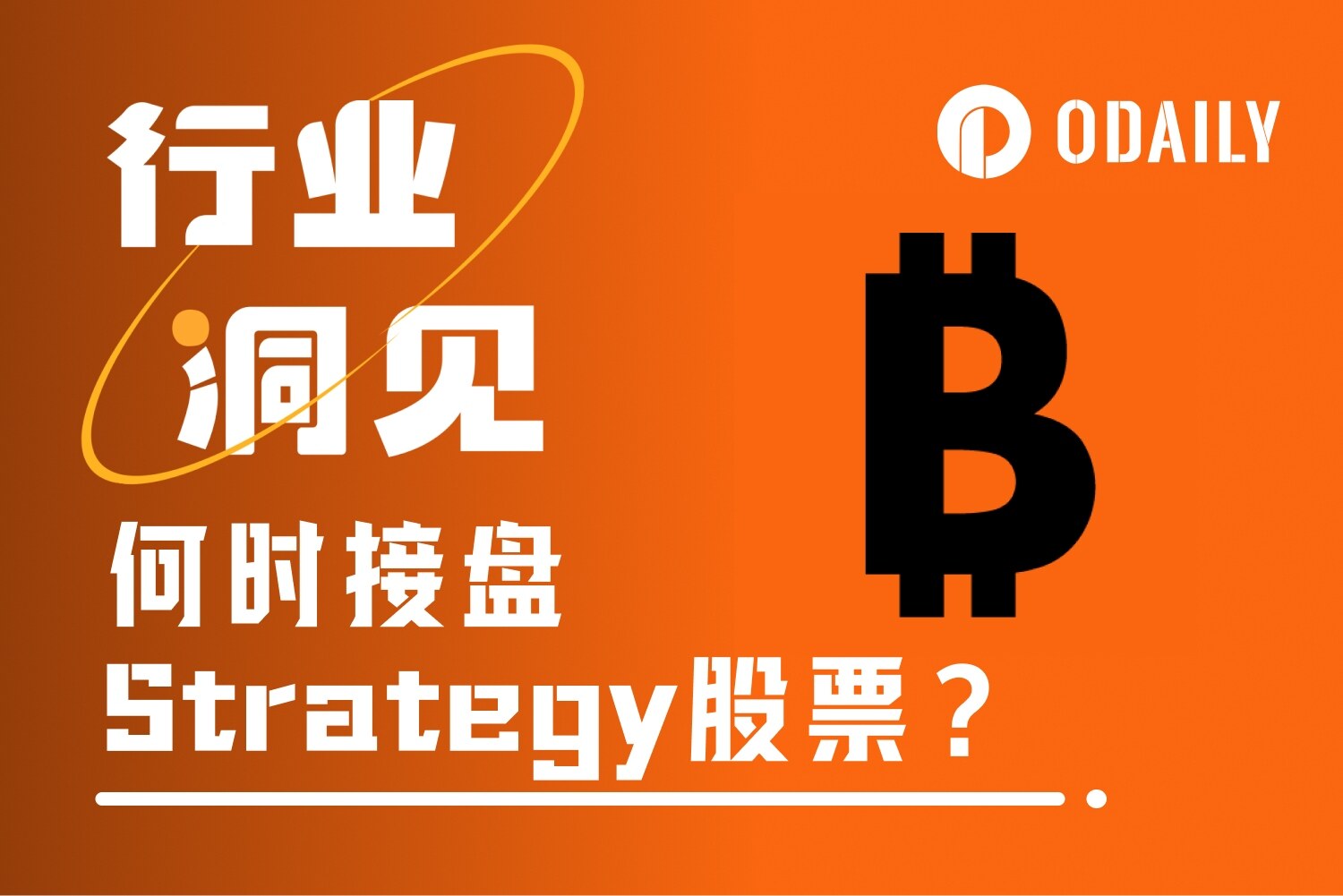Author:defiprime
Compiled by: TechFlow
(Some thoughts on macro trends in the ecosystem and community, in no particular order)
1. Clarification of the regulatory environment
DeFi has long been in a regulatory gray area, but 2025 may see a critical turning point, with several important regulatory policies expected to be implemented.
Compliant DeFi protocols are expected to experience rapid growth and attract more institutional participation, while projects that do not meet regulatory requirements may face greater survival pressure and may gradually exit the market.
2. DeFi and Web3 may return to the US
The policies of the previous administration had forced many Web3 projects and innovations to relocate out of the US, with many projects even having to block US users.
However, with the improvement of the policy environment, this trend may be reversed. It is expected that more Web3 projects will cancel geographical restrictions and re-enter the US market, re-establishing connections with US users.
3. Stablecoins will become the mainstay of the payment sector
Traditional finance (TradFi) can no longer ignore the rapid rise of stablecoins. Although the widespread adoption of stablecoins by institutions still requires more sophisticated tools and infrastructure support, a process that may take time, stablecoins have already shown strong development momentum and are gradually establishing their important position in the global payment and financial ecosystem.
4. The market may reach a cyclical peak in 2025
The financial markets cannot continue to rise indefinitely, and 2025 may become the peak of this cycle, followed by an adjustment. The key question is: how much will the market correction be?
As Bitcoin's correlation with traditional financial markets gradually increases, its price decline may be relatively limited, expected to be smaller than the declines of traditional financial indices such as the S&P 500.
5. Ethereum will continue to explore new development narratives
The performance in 2024 shows that the competition speed in the blockchain industry is accelerating, and the traditional ten-year plan is no longer suitable for this rapidly changing field. The inefficiency of the Ethereum Foundation (EF) has hindered the overall development speed of Ethereum.
However, it is worth noting that the community's attention to these issues is rising, triggering a large number of positive and in-depth discussions. On social media, this phenomenon is vividly referred to as the "Ethereum War Mode", reflecting the community's efforts and debates to drive Ethereum's progress.
(Original: Evan Van Ness tweet)
6. Token fever sweeps across Web3
Many early OG Web3 projects are expected to launch their own Tokens in 2025, such as the highly anticipated Opensea, Metamask, and Farcaster platforms. In addition, some emerging popular public chains will also join this Token release wave.
This may kick off an "airdrop season", providing rewards for loyal Web3 users who have been actively participating in the past few years. But more worth watching is the market performance of these new Tokens and their specific roles in shaping the ecosystem.

7. The focus of crypto infrastructure investment shifts
As most infrastructure-type projects have completed their deployment, the attention of venture capitalists is gradually shifting towards consumer-facing products.
This trend has begun to emerge since last year, and as the industry matures and user adoption becomes widespread, this transformation is expected to accelerate in the coming years.
8. Deep integration of DeFi and AI
The combination of AI technology and on-chain protocols may give rise to a field full of potential for innovation. From automating complex investment strategies to optimizing interactions with decentralized systems, the introduction of AI will bring more possibilities to DeFi. This trend is expected to become a focus of the industry next year.
9. New Token distribution and fundraising models
The meme fever in 2024 actually reflects the community's dissatisfaction with the traditional venture capital-backed Token model. The Token models with high fully diluted valuations (FDV), low liquidity, and multiple rounds of financing that were prevalent in the past are gradually no longer suitable for market demand.
In the future, we may see more Token distribution and fundraising mechanisms that focus on community consensus and long-term sustainability. These innovations will help projects better collaborate with users while avoiding the drawbacks of traditional models.
10. NFT 2.0: Towards dynamism and efficiency
Although the overall development of the NFT market may tend to be flat, projects like $PENGU are leading a new direction, transforming from traditional non-fungible assets to more dynamic and efficient meme markets. This transformation may inspire other series projects to emulate.
Additionally, with the expected release of the Opensea Token, it may also inject new vitality into the currently sluggish NFT market, driving the industry back to a growth trajectory.








